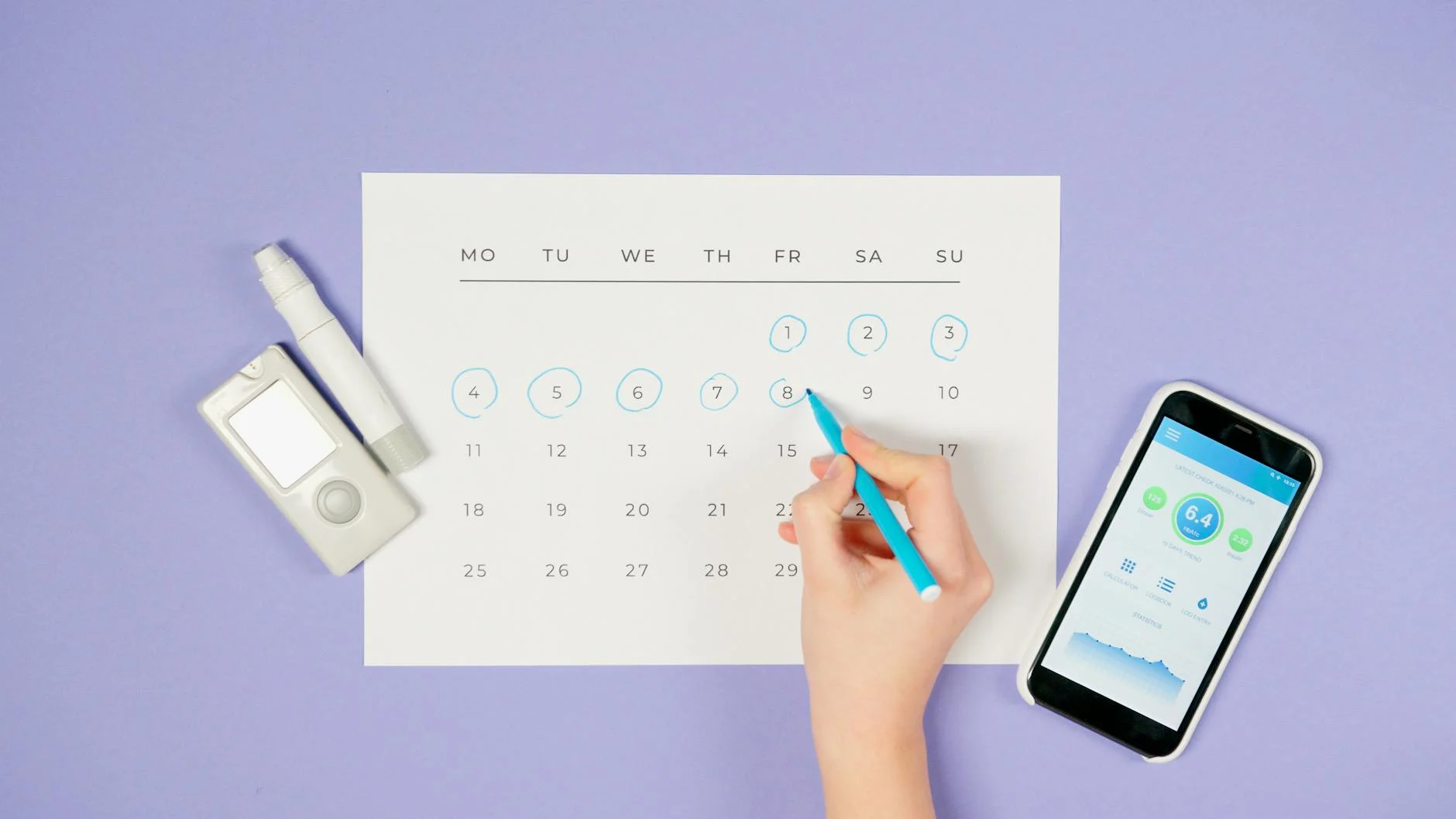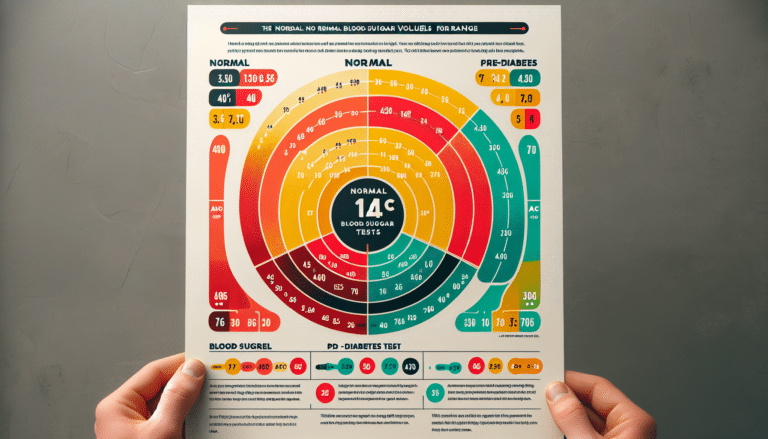Solving the A1C Puzzle: Essential for LADA Patients like Us
Explore these essential tips on the A1C test for LADA patients. Learn to manage and understand your levels with ease!
Importance of A1C Testing for LADA Patients
The A1C test is like our personal diabetes detective—keeping tabs on blood sugar shenanigans over the last few months. Especially for those of us dealing with latent autoimmune diabetes in adults (LADA), this sidekick is pretty essential. It doesn’t just look at the “here and now” but tells us the story of our blood sugar’s past adventures. In fact, it kind of writes a book we’ll want to read, unless we’ve had too much candy.
Knowing our A1C levels is like having an all-access pass to understanding our diabetes management. The American Diabetes Association is pretty straightforward, suggesting we aim for A1C levels under 7%. This is like keeping our glucose club’s guest list around 154 mg/dL (or 8.5 mmol/L if you’re into fancy numbers) (Mayo Clinic). The less party-crashers like neuropathy, retinopathy, and heart trouble, the better.
Here’s a plain chart to help us decode what different A1C levels mean:
| A1C (%) | Average Blood Glucose (MG/DL) |
|---|---|
| 5 | 97 |
| 6 | 126 |
| 7 | 154 |
| 8 | 183 |
| 9 | 212 |
Regularly keeping an eye on A1C is our way of staying updated on what our blood sugar’s been up to. It helps us stay #diabetesinformed and make tweaks to our playbook if needed. Check out some more juicy details on managing A1C in LADA whenever you’re ready for more.
Role of A1C in LADA
LADA sounds kind of exotic, right? Believe it or not, it’s like that celebrity guest at an adult diabetes party—showing hints of both Type 1 and Type 2 (NCBI). It’s often under-the-radar and misnamed, leading us down not-so-great paths with our treatment. And hey, that could really mess with our A1C levels if we’re not getting the proper insulin calls or other important adjustments.
A1C tests, especially for LADA patients, are more than just pens-on-paper. They guide us in crafting treatment plans that fit just right. People with LADA often have it rougher on the A1C front compared to our Type 2 friends. That’s a big deal, hence the need for spot-on diagnosis and regular testing.
Keeping a close watch on A1C levels is like having a crystal ball, giving insights into blood sugar trends that sneaky regular tests could miss. As insulin takes its sweet time to drop off, A1C fills in the blanks on how well stuff like diet tweaks, pills, and insulin are holding up over time. For a deep dive, dig into understanding A1C results in LADA for the full scoop.
To keep our diabetes in line, grasping what our A1C levels mean and adjusting our strategies accordingly is golden. Exploring interpreting A1C readings in LADA is like unlocking secret tips for nailing this diabetes thing.
Managing A1C in LADA
For those of us living with latent autoimmune diabetes in adults (often called LADA), getting a handle on our A1C levels is a must. It’s about knowing the ropes of treatment options and being aware of what might happen if we’re misdiagnosed.
Treatment Strategies for A1C Control
Managing A1C with LADA? It often starts with insulin therapy. Research shows folks with LADA tend to have a tougher time with HbA1c levels than those dealing with Type 2 diabetes, according to this study. Since our blood sugar can go haywire quickly, jumping on the insulin bandwagon early can be key.
But hey, it’s not all about insulin. There are other meds to think about, like dipeptidyl peptidase-4 inhibitors, glucagon-like peptide-1 receptor agonists, and thiazolidinediones. These can help keep our blood sugar in check while steering clear of sulfonylureas, which might make matters worse by pushing C-peptide production off a cliff.
| Treatment Option | What’s Good About It |
|---|---|
| Insulin Therapy | Keeps blood sugar steady and wards off problems |
| Dipeptidyl Peptidase-4 Inhibitors | Helps out insulin and brings down sugar levels |
| Glucagon-Like Peptide-1 Agonists | Boosts insulin secretion and slows down digestion |
| Thiazolidinediones | Makes insulin work better and controls sugar |
It’s crucial we keep an eye on our sugar levels and tweak our treatment if needed. Teaming up with our docs ensures our plan fits like a glove.
Impact of Misdiagnosis on A1C Levels
Getting the right diagnosis of LADA is half the battle for managing it well. A slip-up here can throw us off course with treatments that just don’t work or make things worse. We LADA folks tend to clock in higher A1C readings and speed up our journey to needing insulin compared to the Type 2 gang.
Confusing LADA with Type 2 diabetes might lead to using meds that aren’t really doing us any favors. Take sulfonylureas, for example; they might hike up the rate at which our C-peptide levels drop, making blood sugar control a headache (learn more here).
To sidestep these potholes, docs can use C-peptide tests, which often cost less than looking for specific autoantibodies, to tell LADA apart from other types of diabetes (source). This means getting the right care from day one.
For more tips on keeping A1C in check with LADA, check out our article on managing a1c in lada. We’ve got the lowdown on understanding a1c results in lada and interpreting a1c readings in lada to help manage things better.








Leave a Reply